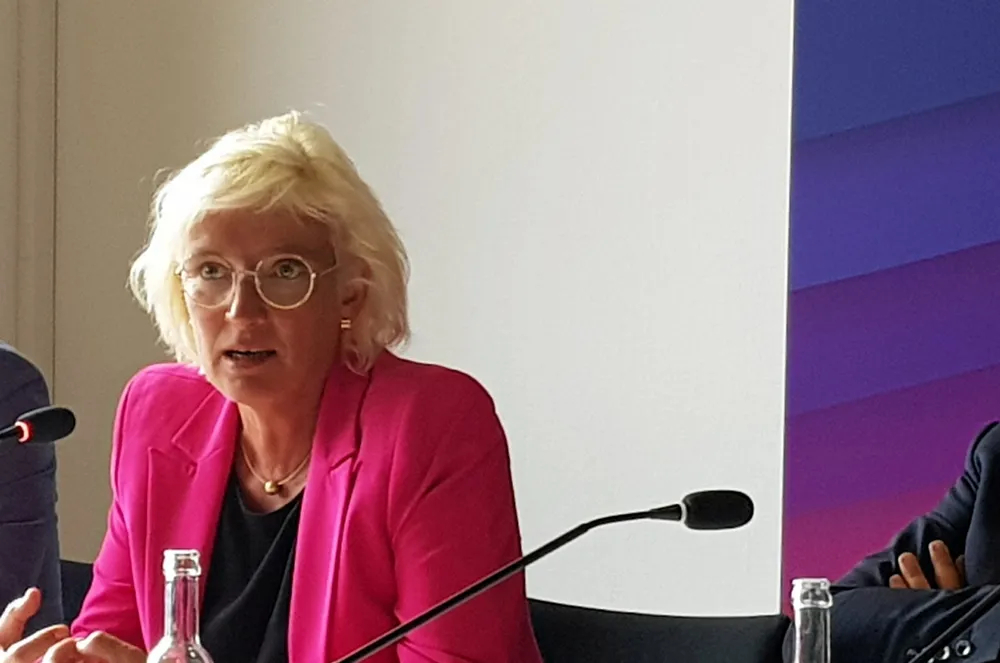'German grids are pretty stupid': wind body slams network progress
BWE slams pricey and slow underground cabling, excessive spare capacity and lack of joint wind-solar links

Germany’s electricity grid expansion has been “very insufficient and very slow” in recent years, and the network should be used more efficiently, Bärbel Heidebroek, the president of the country’s wind energy federation (BWE) said.
“We really have to speed up now, that's really important,” Heidbroek told a panel at the WindEnergy Hamburg conference Tuesday discussing which bottlenecks still exist to the country’s expected massive expansion of wind capacity in coming years.
“German grids are pretty stupid in comparison to other European grids,” Heidebroek added.
“We can use them in a much more efficient way, using temperature correction. We also have to put up the question, if whether we really need the n-1 law. We can use [grid] in a much more efficient way.
“I think that's really necessary to make grids more intelligent and less expensive.”
The n-1 rule stipulates that the power grid shall be capable of experiencing an outage of a single transmission line, cable, transformer or generator without causing losses in electricity supply. In practice that requires grid operators to always maintain a sizeable volume of extra capacity at any given time.
The BWE president also said that wind and solar plants should increasingly be installed at the same grid access points, including storage capacities “to use the grid in a much more more efficient way”.
“We have to use all kinds of flexibilities … and we have to make the payment of grids flexible.”
Due to the too-slow construction of large high-voltage direct current (HVDC) lines linking Germany’s vast offshore wind and coastal onshore wind capacities in the North to industrial and population centres in the South, Europe’s largest economy has to curtail an ever-larger volume of wind power and provide substitute power in other regions every year.
That cost German tax payers €3.1bn ($3.5bn) last year alone, according to the country’s federal networks agency (BNetzA).
(Copyright)